Soil- a very common word to all of us living in this universe. You must have seen, even touched soil. But do you ever thought about what component/s are jot down to make such a major element of our environment?
Soil is basically a mixture of few basic components- inorganic and organic matters, gases and liquid (water) and minerals. The chemical composition of soil is discussed in the soil chemistry.
Soil chemistry is a branch of soil science that deals with-
- Chemical constituents
- Chemical properties
- Chemical reactions
- Chemical composition of soil in relation to crop needs.
In this article, the composition of soil is discussed.
Related articles:
Volume Composition of Soil
For maintaining an ideal condition of soil, the approximate volume composition of a representative surface soil may be as follows:
A. Solid Phase (50%)
B. Pore Space (50%)
Best safe and secure cloud storage with password protection
Get Envato Elements, Prime Video, Hotstar and Netflix For Free
Best Money Earning Website 100$ Day
#1 Top ranking article submission website
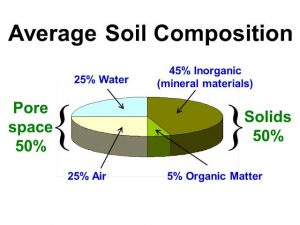
A. Solid Phase (50%)
The solid phase of soil consists of a set of solid soil particles. These particles may vary in composition and sizes.
The particles founding the solid phase are divided into two categories:
i) Inorganic Matter/ Mineral Matter (45%)
The inorganic matter mainly consists of rock fragments and minerals.
The rock is broken down into small particles named sand, silt, and clay. These are the fundamental particles of soil.
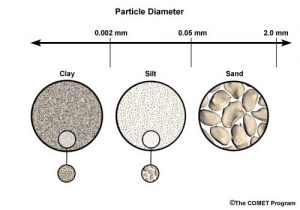
| Diameter | |||
| Soil particles | USDA
(in mm) |
ISSS (in mm) |
in µm |
| Sand | 0.05-2.0 | 0.02-2.0 | 20-2000 |
| Silt | 0.002- 0.05 | 0.002- 0.02 | 2- 20 |
| Clay | <0.002 | <0.002 | <2 |
| Colloid | <0.001 | <0.001 | <1 |
USDA- United States Department of Agriculture.
ISSS– International Society for the Systems Sciences.
The rock fragments are the remnants or pieces of massive rocks and the minerals include both primary and secondary minerals like mica, quartz, kaolinite, hydrous oxides etc.
Primary minerals: Formed from the primary condition of rock in high temperature and pressure. They can be changed or modified into secondary minerals. Among the primary minerals, sand and silica minerals are most dominant in soil. Quartz is a primary primary mineral with exception.
Secondary minerals: They are originated from primary minerals. These minerals are resistant (unchangeable). Clay is the most common example of secondary mineral in soil.
ii) Organic Matter (5%)
The organic matter includes the undecomposed, partly decomposed, and completely decomposed (humus) plant and animal tissues.
Both living (Bacteria, fungi, actinomycetes, protozoa etc.) and non-living (decomposed) matters are included.
B. Pore Space (50%)
This phase contains the liquid and gas phases of soil. The proportion of air (25%) and water (25%) in the soil varies with the type of soil. Such as, in completely submerged soil, the air is 0% and the water 50%.
In an aproximate calculation, the elements of pore space are divided as following:
i) Micropore Space/Water space/Capillary Pore space (25%)
The pore spaces which have a diameter of less than 0.08mm are called micropore space.
These pores can hold water by capillary force greater than the force of gravity. Free drainage of water through these pores are not allowed.
ii) Macropore Space/Air Space/ Non-capillary Porespace (25%)
The porespaces which are greater than 0.08mm in diameter are called macropores.
Under normal condition, these macropores hold air. So, these are called air space. The water coming from the surface soils drains through them due to force of gravity. These allows free drainage of water through them.
Though different constituents are shown in the figure to be distinctly separated, but in fact these altogether remains in an intimately mixed condition in soil.
Source:
- Feature Image: https://www.wur.nl/en/Soil-Chemistry-and-Chemical-Soil-Quality.htm
- Researchgate ( Chemical Composition of Soil)
- Soils: their chemistry and fertility in tropical Asia- Tamhane RV, DP Motitamani, YP Bali and RL Donahue.
- Class lecture of Farah Monowara Jahangiri, Department of Soil, Water and Environment, University of Dhaka.
 Plantlet The Blogging Platform of Department of Botany, University of Dhaka
Plantlet The Blogging Platform of Department of Botany, University of Dhaka
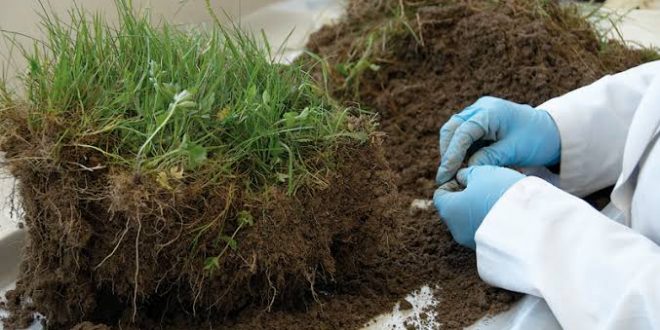

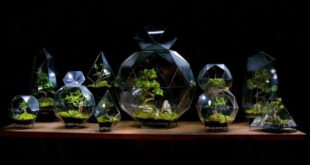


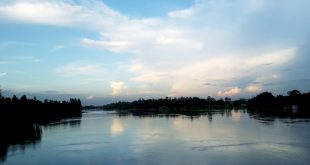
Thank you for your sharing. I am worried that I lack creative ideas. It is your article that makes me full of hope. Thank you. But, I have a question, can you help me?